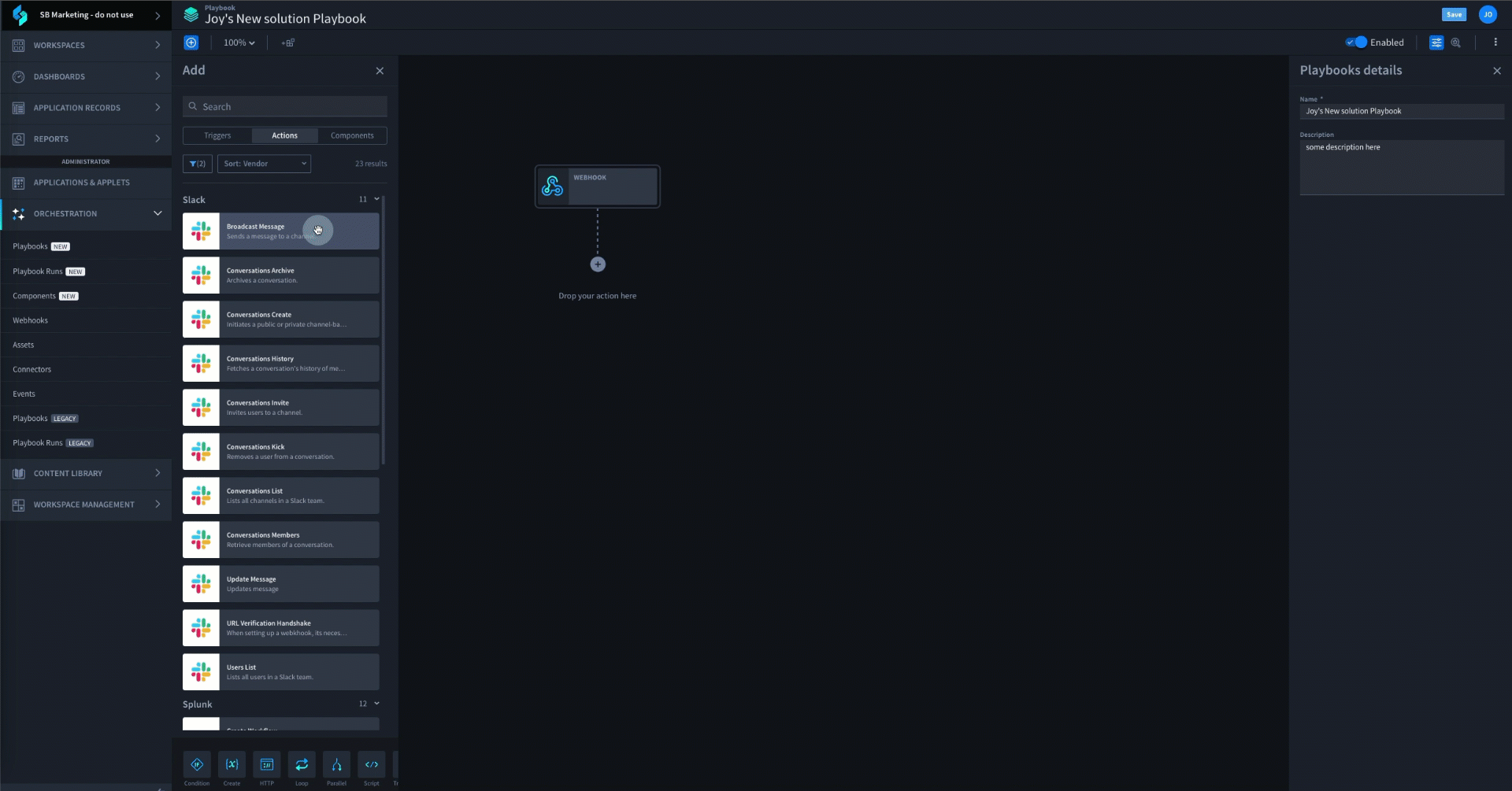Implementing best practices in the Security Operations Center (SOC) has always been imperative for businesses, but it is particularly crucial in today’s rapidly evolving digital landscape. Why? Well, it is a SOC’s responsibility to safeguard the organization’s sensitive data, intellectual property, and customer information by monitoring security breaches, responding to security incidents, patching vulnerabilities, and implementing security policies and procedures. But to do this effectively and strengthen the overall security posture, security operations must implement certain structures, strategies and infrastructure.
So, what makes a successful SOC? Let’s dive in and discover the best practices your organization should have in place.
What are Security Operation Center Best Practices?
Aligning Strategy with Your Organization’s Goals
When it comes to managing security operations, it is vital to align strategy with the overall business goals. By doing so, organizations can ensure that security efforts directly contribute to the success and stability of the business as a whole.
For example, if your business aims to protect customer data and maintain their trust, the SOC strategy should prioritize data security and privacy. By aligning with this goal, SOC teams can implement measures such as data encryption, access controls, and regular security audits to mitigate risks and safeguard sensitive information. Ultimately, aligning strategy with business goals allows us to streamline our security operations and maximize the effectiveness of our SOC.
Leverage the Best Security Automation Tools
Leveraging the best comprehensive and advanced security automation tools is crucial to operating a successful SOC. These tools enable organizations to enhance efficiency and productivity in threat detection and incident response.
For example, utilizing an advanced SIEM (Security Information and Event Management) system allows us to centralize and analyze data from various sources, enabling the detection of potential threats more efficiently. Additionally, employing a powerful incident response platform can streamline the incident handling process and ensure timely response. But the best security tool is one that can do it all, and Swimlane Turbine is that tool. It is the triple threat of automation, generative artificial intelligence, and low code that solves the most challenging problems across your entire security organization.
Utilize Comprehensive Threat Intelligence and Machine Learning
The next best practice for SOCs is to utilize comprehensive threat intelligence and machine learning while also addressing the significant role of AI in cybersecurity. Advanced technologies, such as Hero AI and Low Code Canvas, not only enhance analysis and response capabilities for analysts but also speed up regular human processes like decision-making and problem-solving. Additionally, machine learning algorithms enable the automation of repetitive tasks, like schema inference and case summarization, allowing security teams to focus on more complex security issues.
Ensure Visibility Across the Entire Network
By having complete visibility, SOC analysts can proactively monitor the network for any suspicious activity, type of cybersecurity attack or insider threat and identify potential vulnerabilities. Network monitoring and visibility techniques such as network traffic analysis, log analysis, and intrusion detection systems (ISD) are vital in ensuring this secure environment. Moreover, having those security automation tools we suggested previously in place, like Swimlane Turbine and SIEM, can provide real-time alerts and insights into any potential security breaches.
Continuous Network Monitoring
Continuous network monitoring is another best practice for a successful SOC so security incidents can be detected and responded to promptly, minimizing the potential impact on the business. And implementing best practices for continuous network monitoring involves a couple of key steps. Firstly, it is important to establish a baseline of regular network activity to detect any anomalies. This can be achieved through the use of network monitoring tools that provide real-time information about network traffic. In addition to this, the SOC must ensure that the monitoring systems are regularly updated to detect the latest threats and vulnerabilities.
Secure and Patch Vulnerabilities
Now, proactive and automated vulnerability management also plays a central role in SOC operations, ensuring any potential weak spots are addressed well before they can be exploited. Conducting regular vulnerability assessments, implementing effective patch management processes, and maintaining secure configurations are all essential practices.
Organizations can identify and prioritize necessary patches by regularly scanning systems and applications for vulnerabilities. Having this proactive approach in place minimizes the likelihood of an attack and, ultimately, strengthens the overall security posture. But remember, securing and patching vulnerabilities is an ongoing process requiring diligence, prompt action and, most importantly, an automated setup.
Implement Efficient SOC Processes
Lastly, once these six SOC best practices are in place, the last step is to establish and implement efficient SOC processes. The following five SOC procedures should be optimized to maximise efficiency so operations can promptly detect and respond to security incidents:
- Event classification – where security events are categorized based on their severity and impact.
- Triage – where the events are evaluated and prioritized for further analysis and response. SIEM Triage and EDR Triage, in particular, help security teams with the overwhelming number of alerts coming in from their respective tools.
- Analysis – This involves investigating the events in detail, gathering relevant information, and determining the appropriate action to be taken.
- Remediation – This involves taking necessary steps to mitigate the identified risks and resolve the security incidents. It may include applying patches, updating configurations, or implementing additional security measures.
- Reporting – This benefits the organization when it is centralized for CISOs and other leadership, as this can spur strategy revision, stronger communication and advice for future threat prevention.
Enhance Your Security Operations with SOC Best Practices
It is crucial for organizations to invest in these SOC practices to mitigate risks, improve threat detection and response capabilities, and safeguard their data. By proactively adopting SOC best practices, businesses can stay one step ahead of cyber threats and ensure the resilience of their security operations. To learn more about how Swimlane Turbine will enhance and automate an organization’s SOC, request a live demo below.

Request a demo
If you haven’t had the chance to explore Swimlane Turbine yet, request a demo.


